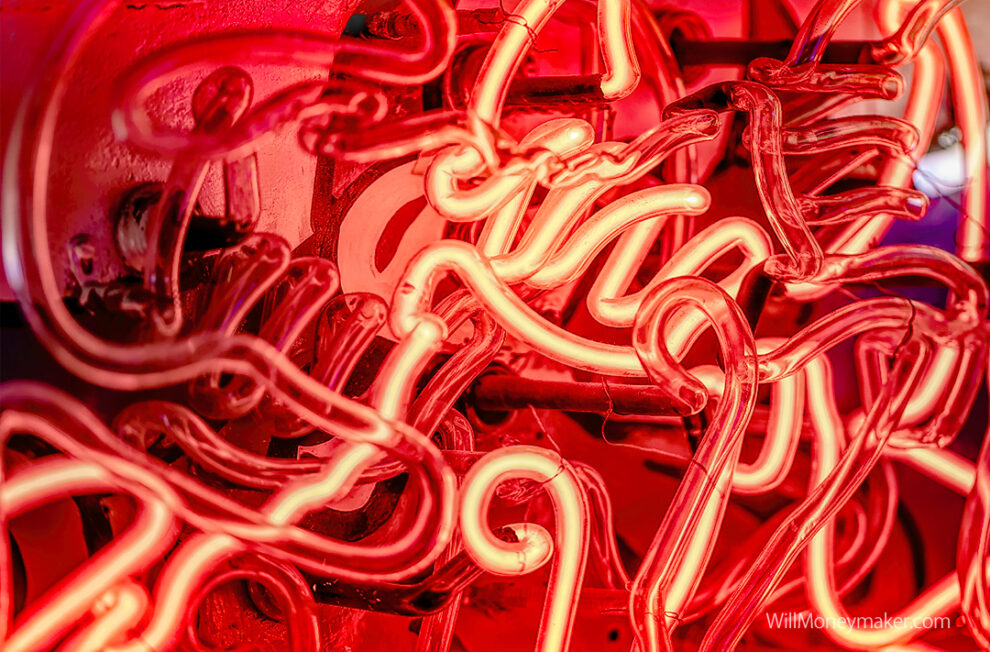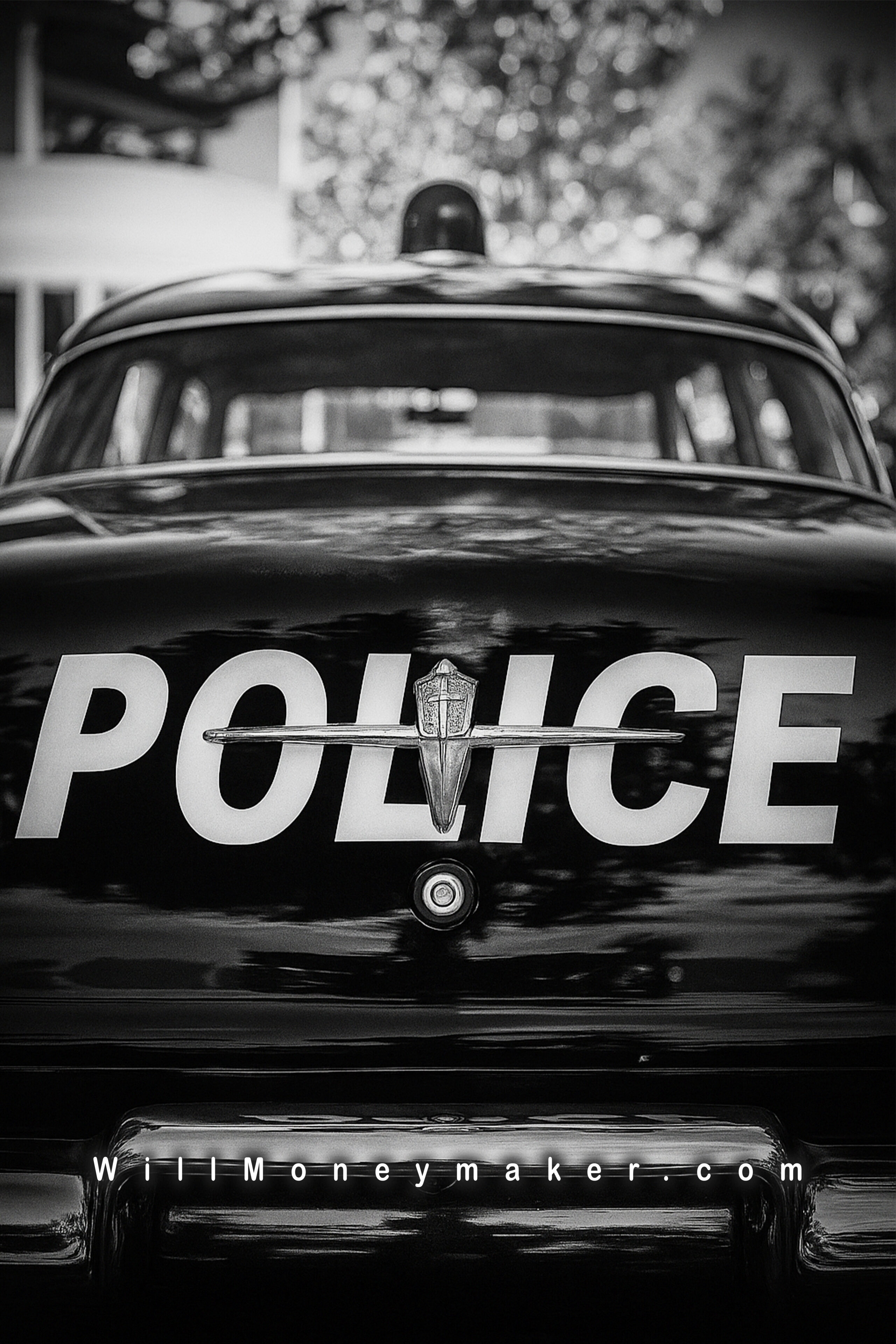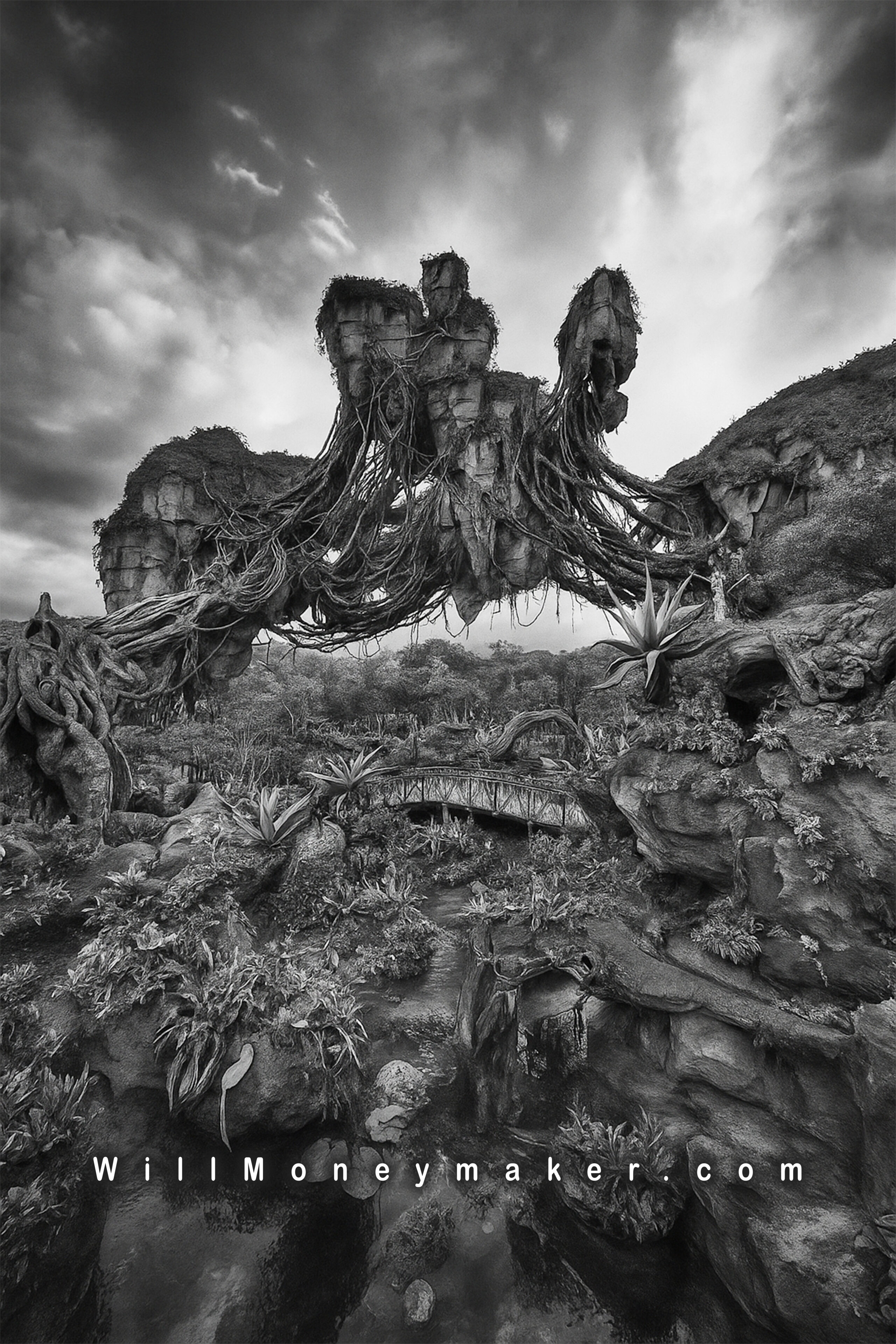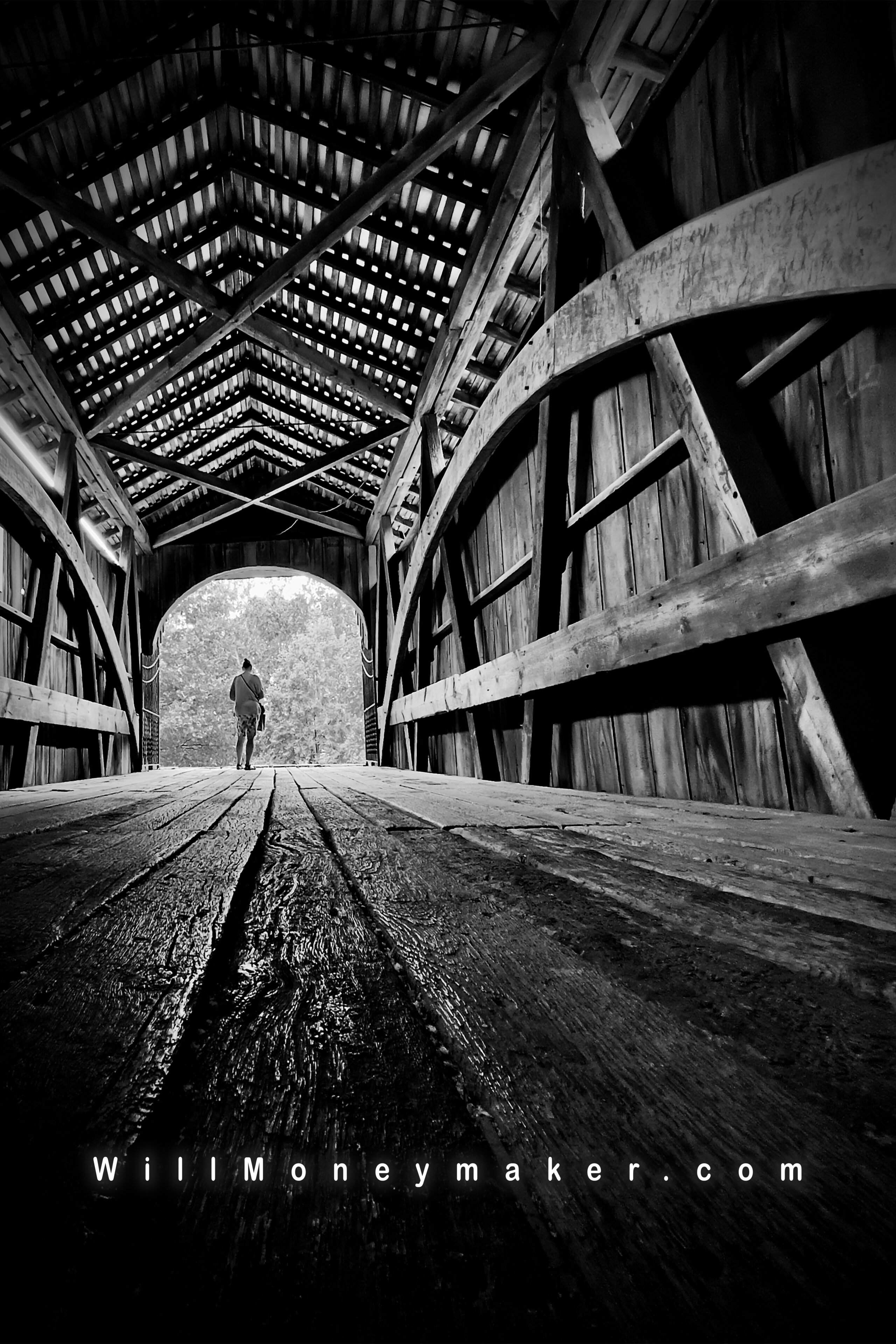The creative process is a complicated thing, and that’s why we spend so much time analyzing it and looking for ways to make improvements to the processes that we use. There are, of course, all kinds of ways to look deeper into the creative process — many of which we’ve examined before. But sometimes, rather than examining and looking at ways to make a change, all we need is a little bit of guidance. And what better way to get that guidance than with a few questions that can help lead you through a photographic project or even your career as a photographer? To that end, here are a few things I like to ask myself when I’m working or even when I’m just looking to make a change.
How will you move forward?
Photography is all about transformation. It’s an art form constantly in flux, and as a photographer, you, too, will be constantly in flux. This question looks ahead to the long term. How will your ideas and your style evolve as you move into the future? Of course, you can’t answer that now since none of us can know what the future holds, but nonetheless, it’s an important thing to be mindful of.
And things like knowledge, techniques and so forth. Ideally, you’ll be adding on to all of this as you continue to learn and grow. New knowledge should always be coming, and as you learn new techniques, old ones will fall by the wayside.
This question also has a practical side, too. Through the years, we accumulate gear that becomes outdated and large collections of finished prints. External hard drives fill up with thousands upon thousands of digital negatives. Some of us have closets full of this stuff because we just can’t bear to part with it. But at a certain point, we have to look at all these old artifacts of the past and see it for what it really is: Clutter that gets in the way of our creative future. Make a plan for dealing with all the things that you accumulate, keeping it organized, letting go of pieces you no longer need anymore. And that even includes letting go of old photographs, too. Don’t allow yourself to be stuck in a creative past when we should always be moving forward.
What does this subject or genre mean to me?
One of the best things about photography is just how varied it is between different subjects and different genres. It’s one of those arts where there truly is something for everyone. So this question, perhaps, should read more along the lines of, “Is this subject or genre right for you?”
That’s an important thing to know because when you are more in tune with a particular genre, you’re much more likely to produce outstanding photographs. Your interest in the subject material outside of photography not only provides you with motivation to display it in new and unusual ways, but it also gives you insights that people who perhaps don’t know as much about the subject may not be aware of.
At the end of the day, photographs of subjects that you just aren’t interested in may not be all that inspired—and inspiration is at the heart of what makes a photograph engaging.
Is the photograph worth the work?
This is, of course, a question that one can’t quite answer at the outset. The fact is, there are lots and lots of things that go into a photograph in order to turn it into a viewable, enjoyable product.
Just think for a moment about everything that goes into the production of a photograph. It all starts long before you ever press the shutter button. There is lots of planning, both things like photography trips and planning the order of shots and the types of compositions you’d like to try. The day that you plan to photograph, you may find yourself setting up complicated lighting rigs or making other preparations. Pressing the shutter button comes next—and it’s the least of the tasks ahead of you. Once that’s done, there will be hours spent on sorting digital negatives, archiving and backing everything up, all of the post processing, and, of course, the printing, matting and framing process to turn the image into a finished piece.
Every last one of those steps comes with the potential for some part of the project to go awry, which is why this is a question that can’t be answered in the very beginning. However, it is a question that you should ask yourself from the beginning anyway. And the reason for that is because this question not only reinforces your belief in what you’re doing by reassuring you that this is, in fact, worth all the work, but it also gives you an indication that perhaps not all is proceeding as you intended. If you ever find your certainty wavering, thinking that maybe this particular image or series may not be worth it after all, then it might be time to put the project on pause, evaluate whatever the potential problems may be, and then get back to work on righting those issues.
Who are your viewers?
This is another important question to ask at the outset of a project. Who your viewers are determines so many things. One audience may prefer a different set of compositions and techniques from another audience. And, too, there are the prints to consider. If, for example, you intend to create a book for the book-buying market, then this is something you’ll need to consider right from the start. Images will likely be smaller, which means more complicated detail may be lost with the reduced size. Conversely, if your audience is the art crowd, viewing large images from a moderate distance, then you may make an entirely different set of decisions where things like details are concerned.
This even goes so far as to help you determine whether you’re creating a single image or an entire project. If the intended audience is the art crowd who will be viewing that single image, then you’d better make sure that one image tells a full story. But, if your audience is viewing this as a series online or within a book, then you’ve got more leeway to tell a story through a progression of images.
What are you giving to your viewers?
This is perhaps the biggest question you can ask yourself. Art should be an experience. It should be something that your viewers get something new from. Some bit of insight, new knowledge, inspiration—something meaningful. And that means you should use this question to guide you through every step of the process. The answers are going to be different for every image that you produce, but ultimately, it’s our job to create images that give people some key thing they didn’t have before. If our images don’t do that, then what reason do people have to look? Again, these are questions that help me move through the creative side of life. Perhaps they will help you, or maybe there are other questions better suited to you. Just as every photographer and every photograph is different, so are all the creative processes we use, and thus, a different set of guiding questions might be in order for you.







